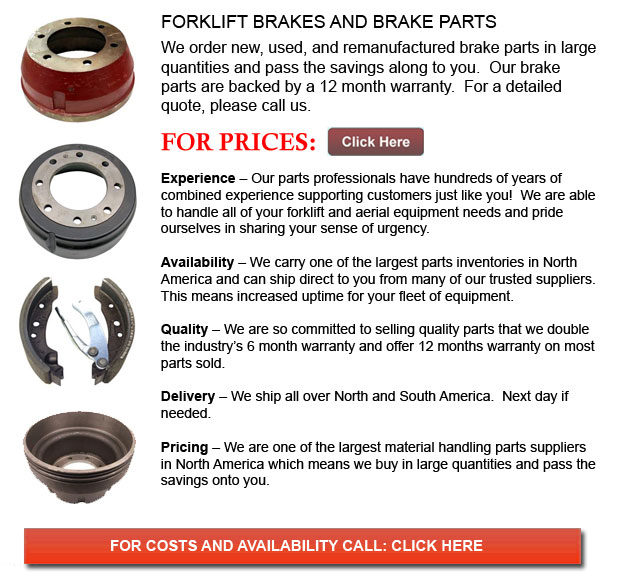
Forklift Brakes - A brake drum is wherein the friction is supplied by the brake shoes or brake pads. The shoes or pads press up against the rotating brake drum. There are a few various brake drums kinds with particular specific differences. A "break drum" will normally refer to when either pads or shoes press onto the interior exterior of the drum. A "clasp brake" is the term utilized to describe when shoes press next to the outside of the drum. Another kind of brake, referred to as a "band brake" makes use of a flexible belt or band to wrap all-around the outside of the drum. Where the drum is pinched in between two shoes, it could be referred to as a "pinch brake drum." Like a typical disc brake, these kinds of brakes are quite rare.
Previous to 1955, old brake drums required constant adjustment regularly in order to compensate for drum and shoe wear. "Low pedal" or long brake pedal travel is the dangerous end result if modifications are not done sufficiently. The motor vehicle can become dangerous and the brakes can become ineffective whenever low pedal is mixed together with brake fade.
There are some different Self-Adjusting systems for braking existing today. They can be classed into two separate categories, the RAI and RAD. RAI systems are built-in systems which help the tool recover from overheating. The most popular RAI manufacturers are AP, Bendix, Lucas, and Bosch. The most well-known RAD systems include Volkswagen, VAG, AP, Bendix and Ford recovery systems.
Self repositioning brakes generally use a tool which engages only whenever the motor vehicle is being stopped from reverse motion. This stopping method is suitable for use where all wheels use brake drums. The majority of vehicles these days use disc brakes on the front wheels. By operating only in reverse it is less likely that the brakes will be adjusted while hot and the brake drums are expanded. If tweaked while hot, "dragging brakes" can take place, which raises fuel expenditure and accelerates wear. A ratchet tool which becomes engaged as the hand brake is set is another way the self repositioning brakes could operate. This means is just suitable in functions where rear brake drums are utilized. If the emergency or parking brake actuator lever goes over a specific amount of travel, the ratchet developments an adjuster screw and the brake shoes move in the direction of the drum.
There is a manual adjustment knob situated at the base of the drum. It is usually adjusted through a hole on the other side of the wheel and this involves getting under the forklift with a flathead screwdriver. It is of utmost significance to move the click wheel correctly and tweak each wheel equally. If uneven adjustment occurs, the vehicle may pull to one side during heavy braking. The most efficient way so as to guarantee this tiresome task is completed carefully is to either raise each and every wheel off the ground and spin it by hand while measuring how much force it takes and feeling if the shoes are dragging, or give each one the same amount of clicks manually and then perform a road test.
![]() Click to Download the pdf
Click to Download the pdf
Forklift Parts
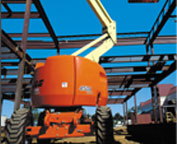



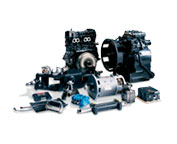

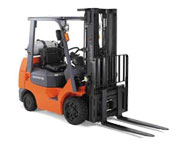
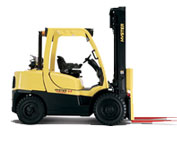
Lift Parts Express
TOLL FREE: 1-888-695-7994
forkliftpartsnevada.com
Email Us
About Us


